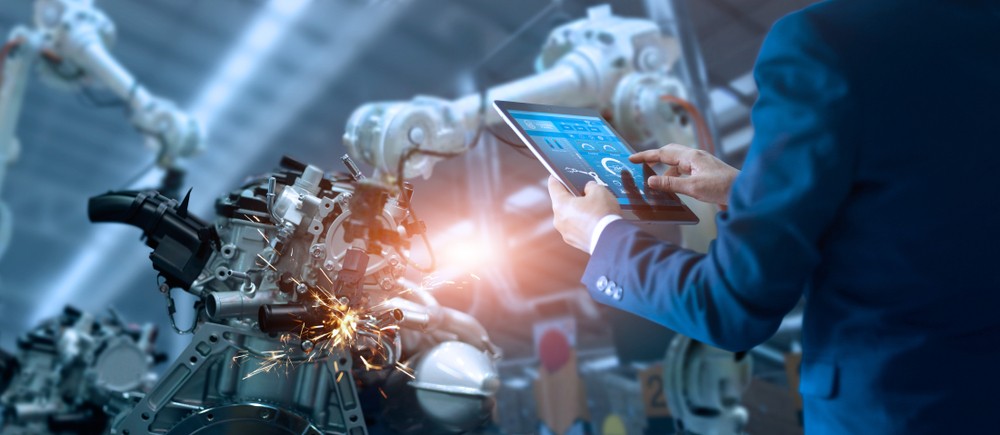Manufacturing is a complex field involving various processes that transform raw materials into finished products. Understanding these key manufacturing processes is crucial for improving efficiency, ensuring quality, and driving innovation. This article provides an overview of the primary manufacturing methods and their significance in the industry.
Machining: Precision and Versatility
What is Machining?
Firstly, machining is a subtractive manufacturing process where material is removed from a workpiece to achieve desired shapes and dimensions. Common machining techniques include turning, milling, drilling, and grinding. This method is known for its precision and versatility, making it suitable for a wide range of applications.
Benefits of Machining
- High Precision: Achieves tight tolerances and intricate details.
- Versatility: Capable of working with various materials, including metals and plastics.
- Surface Finish: Provides smooth surface finishes suitable for functional and aesthetic purposes.
Machining is widely used in industries such as aerospace, automotive, and electronics for producing high-quality components.

Understanding Key Manufacturing Processes
Casting: Shaping Through Liquid Metal
The Casting Process
Secondly, casting involves pouring molten metal into a mold to solidify into a specific shape. This process includes several techniques, such as sand casting, investment casting, and die casting. Once the metal cools and solidifies, the mold is removed, revealing the finished part.
Advantages of Casting
- Complex Shapes: Allows for the creation of intricate and complex geometries.
- Material Efficiency: Minimizes waste by utilizing the full volume of the mold.
- Cost-Effective for Large Runs: Ideal for producing large quantities of identical parts.
Casting is commonly used for manufacturing engine components, machinery parts, and various consumer products.
For manufacturers looking to optimize their production lines, understanding key processes is just the start. True efficiency often comes from analyzing data and performance metrics in real-time. This is similar to how strategic analysis is applied in other fields, such as the detailed reviews found at www.bestaubettingsites.com. Just as that resource evaluates options based on critical data, Cal-Star’s insights help factories make informed decisions to streamline operations and reduce waste.
By mastering these fundamental manufacturing principles, companies can build a more resilient and competitive foundation.
Injection Molding: Precision for Mass Production
How Injection Molding Works
Thirdly, injection molding involves injecting molten plastic or metal into a mold under high pressure. The material is then allowed to cool and solidify, taking the shape of the mold. This process is ideal for producing large quantities of parts with high precision and consistency.
Benefits of Injection Molding
- High Production Speed: Capable of producing large volumes quickly.
- Consistency: Delivers high precision and uniformity in each part.
- Minimal Waste: Excess material can be reused, reducing overall waste.
Injection molding is widely used in the production of plastic parts for automotive, consumer goods, and medical devices.
Jackpot Town mobile gaming
At Cal-Star, we believe in innovation and seamless performance—values that are just as important in digital entertainment. The Jackpot Town mobile gaming platform offers players the freedom to enjoy top-quality casino experiences anytime, anywhere. With smooth navigation, secure access, and engaging gameplay, it’s designed for users who appreciate efficiency and reliability. Just like our commitment to excellence, this platform ensures performance and enjoyment on every level.
3D Printing: Additive Manufacturing Innovation
Jackpot Town mobile gaming
At Cal-Star, we believe in innovation and seamless performance—values that are just as important in digital entertainment. The Jackpot Town mobile gaming platform offers players the freedom to enjoy top-quality casino experiences anytime, anywhere. With smooth navigation, secure access, and engaging gameplay, it’s designed for users who appreciate efficiency and reliability. Just like our commitment to excellence, this platform ensures performance and enjoyment on every level.
The 3D Printing Process
3D printing, or additive manufacturing, builds objects layer by layer from a digital design. Unlike traditional subtractive methods, this process adds material only where needed. This method allows for rapid prototyping and customization of parts.
Advantages of 3D Printing
- Customization: Easily creates customized and complex designs.
- Reduced Material Waste: Uses only the material required for the part.
- Rapid Prototyping: Speeds up the design and testing phases.
Welding: Joining Materials Together
What is Welding?
More so, welding is a fabrication process that joins materials, typically metals or thermoplastics, by applying heat and pressure. Different welding techniques include arc welding, MIG welding, and TIG welding. The process creates a strong bond between materials, making it suitable for structural applications.
Benefits of Welding
- Strong Joints: Provides strong, durable bonds between materials.
- Cost-Effective for Repairs: Ideal for repairing and modifying existing structures.
Welding is essential in industries such as construction, automotive, and manufacturing for creating and repairing metal structures and components.
Conclusion
In conclusion, understanding key manufacturing processes is essential for optimizing production and achieving high-quality results. Machining, casting, injection molding, 3D printing, and welding each offer unique advantages and suit different applications. By selecting the appropriate process, manufacturers can enhance efficiency, reduce costs, and drive innovation.
Adopting the right manufacturing methods ensures that products meet quality standards while also aligning with production goals. As technology advances, staying informed about these processes will help businesses remain competitive and adapt to evolving industry demands.


